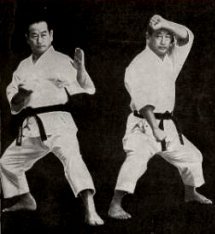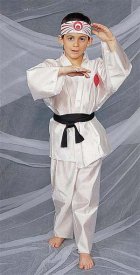In thousands of halls across our great nation, an archaic manuscript hangs on the wall. Written many decades ago, in a time and place quite foreign to our own, this inscrutable document anchors us to a primitive culture that we would do well to forget. I submit to you that it holds no value to us today; as rational men and women, we should put our sentiments aside and discard this anachronism immediately. Our traditions must not be allowed to stand in the way of progress.
What makes this document so odious? Simply put, it is subjective. Instead of identifying specific behaviors for its reader to follow, it describes general principles and leaves each reader to interpret them as they see fit. These statements are so vague and meaningless that they could conceivably be used to justify anything.
Who decides what this document really means?

 Steps
Steps



